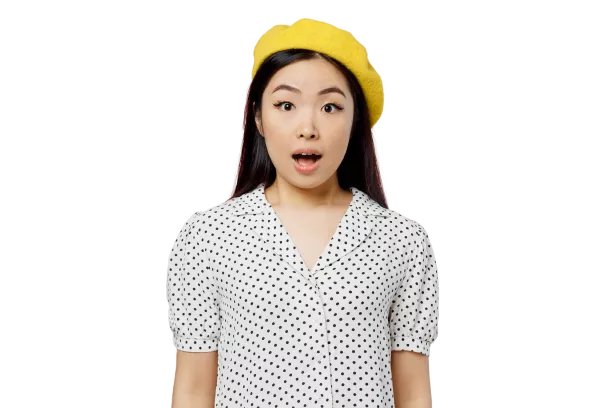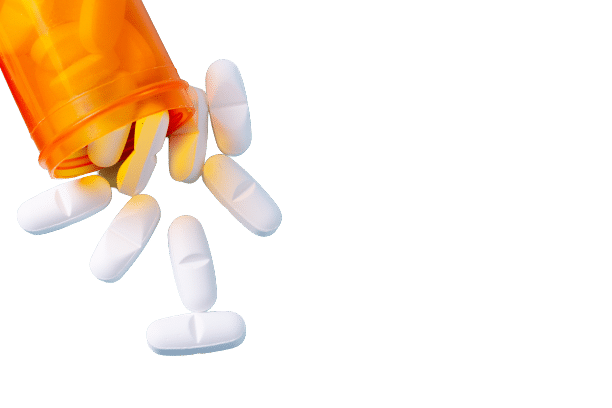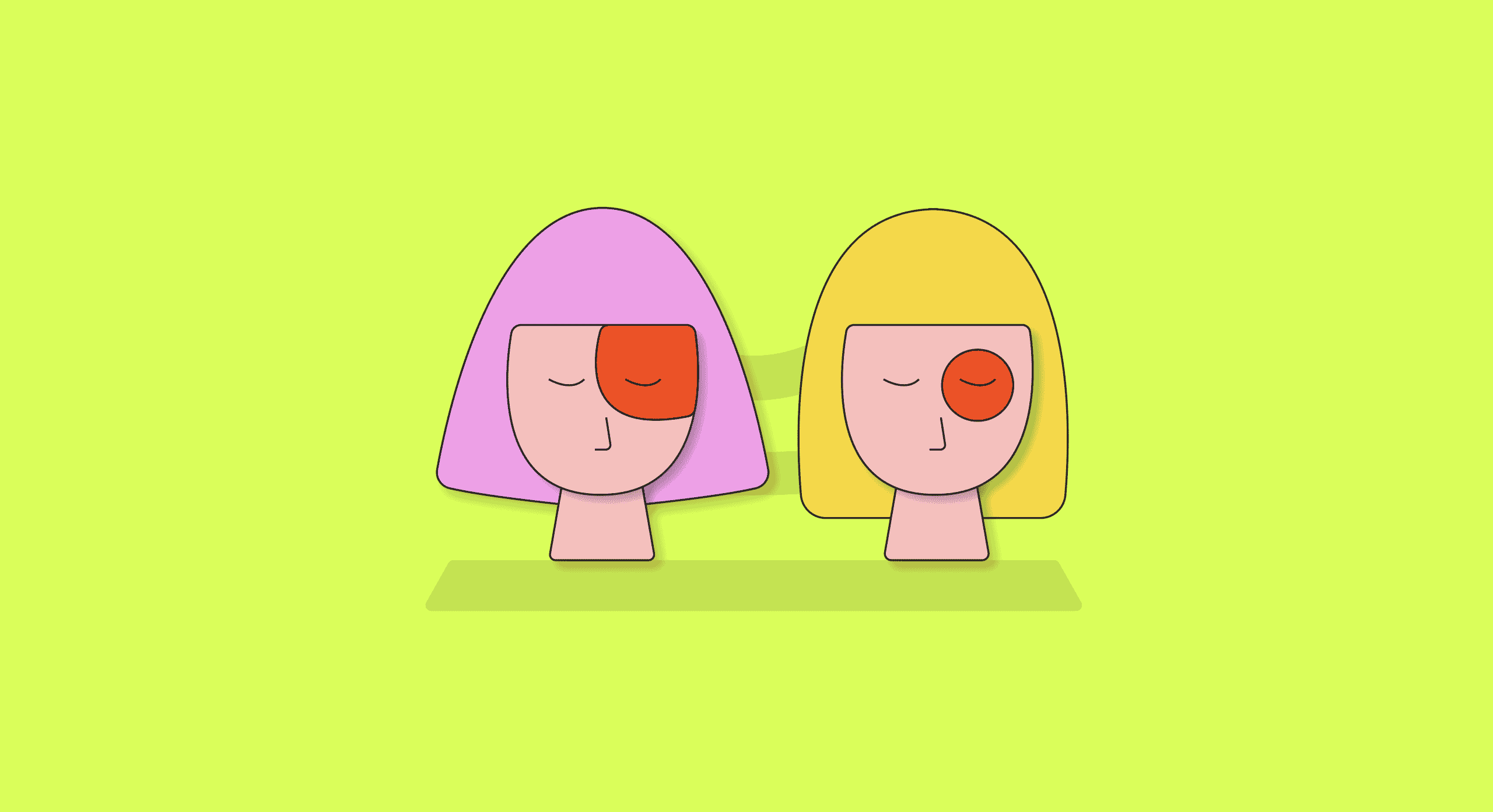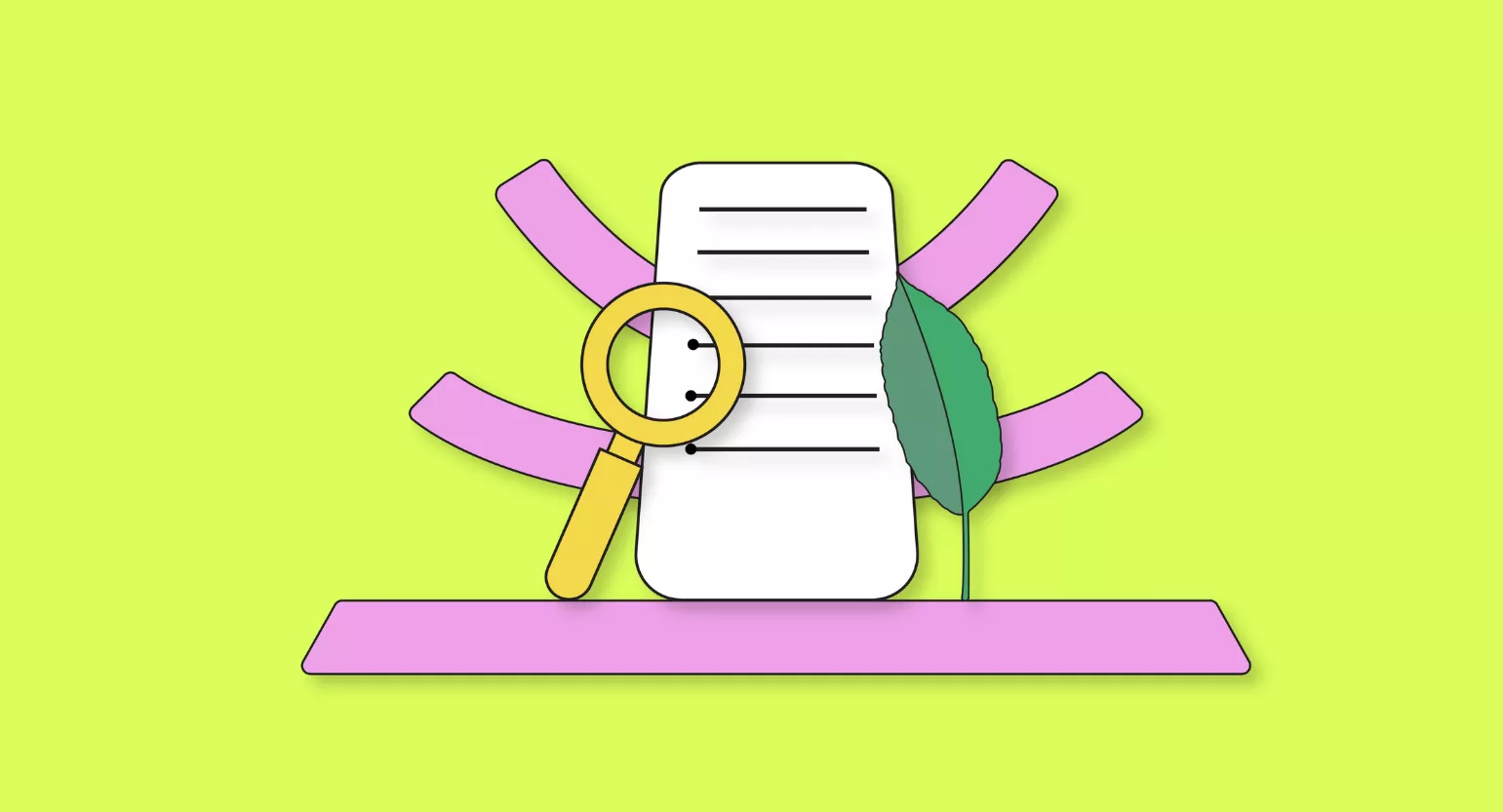What Are Migraines?
Migraines are a common condition and one of the primary headache disorders. They are characterized by moderate to severe, throbbing-like pain. Migraines typically tend to affect one side of the head, but not always; they can also affect the forehead area or behind the eyes. They tend to last around 3 to 4 hours but can go for as long as three days [1]. It’s very rare for migraines to become a chronic condition (at least once every fifteen days).
Symptoms
Besides the throbbing-like pain associated with migraines, other symptoms usually arise.
Before the onset of pain, people affected by a migraine will usually become sensitive to light, sound, or smell. They might even see flashing lights, strange shapes, or have difficulty speaking, although this is considered rare. Abnormal visuals that doctors refer to as “auras” may be seen before a migraine hits. These usually go away within an hour and are followed by typical migraine symptoms.
Migraines can also be accompanied by nausea and vomiting. Children often experience these symptoms, along with dizziness, without the headache [1].
Causes
At the moment, there is no generally accepted theory for what causes migraines. However, there are several strong hypotheses about what contributing factors might be involved.
Some professionals point to inflamed blood vessels in the brain, while others emphasize how pain signals are processed. Unfortunately, the consensus is that the evidence to back up any one hypothesis is still lacking.
Doctors have identified the risk factors related to migraines with more accuracy. For instance, stress and nervousness seem to be relevant risk factors.
Other migraine risk factors are:
- Irregular eating and sleeping schedule
- Age (migraines are more common in adolescence and peak around 30 years of age)
- Gender (women are more likely to suffer from migraines)
- Family history of migraines
- Hormonal changes
- Alcohol use
Treatment
No medication can cure a migraine attack, but several treatment options are available.
1. Pain Medication
Standard treatment options are acetaminophen and non-steroidal anti-inflammatory drugs (NSAIDs) such as acetylsalicylic acid, diclofenac, or ibuprofen. You might need prescription medication to get proper pain relief (usually triptans or ditans like sumatriptan or rizatriptan).
2. Rest
When suffering a migraine attack, physical activity can make the pain worse. If possible, try to lay down and rest in a darkened room.
3. Prevention
One of the best methods to deal with migraines is prevention. Doctors often recommend that people who suffer from migraines keep a diary to jot down all the possible related factors that could be contributing to their migraines. If people can isolate which factors tend to bring on their migraines, they can more easily work to avoid them.
Certain medications are used as preventative measures against migraines. These include cardiovascular drugs, anti-seizure drugs, and botox.

What Are Cluster Headaches?
Cluster headaches are another primary headache disorder. They manifest as recurrent, severe headaches on one side of the head, usually behind the eyes. Cluster headaches typically last 15 minutes to 3 hours and can occur several times daily.
Cluster headaches typically occur in clusters that last for a few weeks up to a few months. On rare occasions, these clusters will last for a year or more. They also tend to reoccur in the same season every year. Cluster headaches are uncommon and only affect about 0.1% of the general population at some point in their life.
Symptoms
Cluster headaches are often accompanied by watery eyes, nasal congestion, and swelling around the eye that is being affected. The onset of pain with cluster headaches can be very rapid. Cluster headaches can also affect someone while their sleeping and wake them up.
Causes
As with migraines, there is no known cause for cluster headaches. Instead, doctors have focused on isolating relevant risk factors and finding effective, fast-acting treatments.
Treatment
Cluster headache treatment focuses on three main areas: fast-acting relief treatment, transitional treatment, and preventative treatment.
For relief treatment, subcutaneous sumatriptan and high-flow oxygen seem to be the most effective options for cluster headache attacks. Other treatment options, such as intranasal triptans, may be effective [2]. Verapamil and lithium are the first-line preventive drugs for treating cluster headaches.
Other relief treatments include:
- Octreotide
- Local anesthetics
- Dihydroergotamine
Other preventative treatments include:
- Calcium channel blockers
- Corticosteroids
- Melatonin
- Nerve blockers
It’s important to note that the treatment for cluster headaches can vary immensely depending on the individual.

Differences & Similarities Between Migraines & Cluster Headaches
Now that we’ve gone over the basic features of migraines and cluster headaches, we can delve deeper into what separates these two conditions.
One of the most common differences between cluster headaches and migraines is the intensity of the pain. At some point in their life, most people have experienced a migraine and are thus familiar with the level of pain they can bring on. Pain is subjective, so it can be hard to rank, but the consensus is that the pain level with a cluster headache is a lot higher than with a migraine.
Another easy way to tell these conditions apart is through the duration of the pain. Migraine attacks will tend to be a lot longer than cluster headaches. Plus, migraines don’t occur several times a day in the way cluster headaches can and are not seasonal.
Another difference is how someone suffering from one of these conditions will react. Migraines typically make someone want to lie down and rest. On the other hand, cluster headaches often induce a sense of restlessness, making people want to walk around.
Where the pain is occurring is also a significant clue. Migraines often induce pain on one side of the head, but this isn’t always the case. The pain can manifest on both sides of the head, by the temples, the eyes, or the back of the head. The pain is always on one side of the head with cluster headaches.

Can Kratom Help With Migraines & Cluster Headaches?
Kratom is a potent analgesic, thanks to its high levels of mitragynine and 7-hydroxymitragynine — alkaloids that are opioid receptor agonists. In some studies, the latter is as effective as morphine. Because of this, some people use kratom for migraines and cluster headaches. However, this opioid-like activity can cause transformed or chronic migraines. It’s best to avoid daily use if using kratom for this purpose.
There’s little research available on how kratom affects cluster headaches.
How to Use Kratom for Migraine & Cluster Headaches
To treat any kind of pain with kratom, you’ll need the correct strain and dose.
Red strains and higher doses are where you find the most pain relief. Red Maeng Da is a great daytime strain for minimizing sedation. Red Bali and Red Borneo are two other effective options known to knock the pain out.
There’s no set dosage when using kratom — it takes some experimenting, though there are guidelines. It might take more significant amounts to treat the extreme pain that comes with migraines and cluster headaches. However, it’s always best to start low and see if you need more.
The typical dosage is as follows:
- Low dose: 2-5 g
- Medium dose: 5-8 g
- Large dose: 8-12 g
Try low doses first, though many migraine sufferers find relief in the 5-8 g range.
Many medications used for migraines and cluster headaches come with severe side effects. Kratom also has side effects, but they are usually mild and don’t last long. They’re more common with larger doses, so you may have to deal with a few of them if you’re using kratom for headaches. The usual side effects are nausea, dizziness, constipation, dry mouth, and vomiting.
Kratom can also be addictive with long-term or heavy use. If you are careful, take breaks from using it, and know the signs of addiction, you can easily avoid it.
Overall, kratom could replace medications for these painful headaches, but ask your doctor before changing or combining them. Some drugs interact with kratom and can cause severe adverse effects.

Conclusion
Unfortunately, we still don’t know much about migraines and cluster headaches. However, doctors have made advancements in treating both of these conditions.
Don’t think twice about seeking a consultation with your doctor if you’re unsure what form of headache disorder you suffer from. And remember to keep a migraine diary if the attacks become common, as this will help your doctor determine what treatment is proper for you.
- Peters, G. L. (2019). Migraine overview and summary of current and emerging treatment options. Am J Manag Care, 25(2 Suppl), S23-S34.
- Brandt, R. B., Doesborg, P. G., Haan, J., Ferrari, M. D., & Fronczek, R. (2020). Pharmacotherapy for cluster headache. CNS drugs, 34(2), 171-184.





